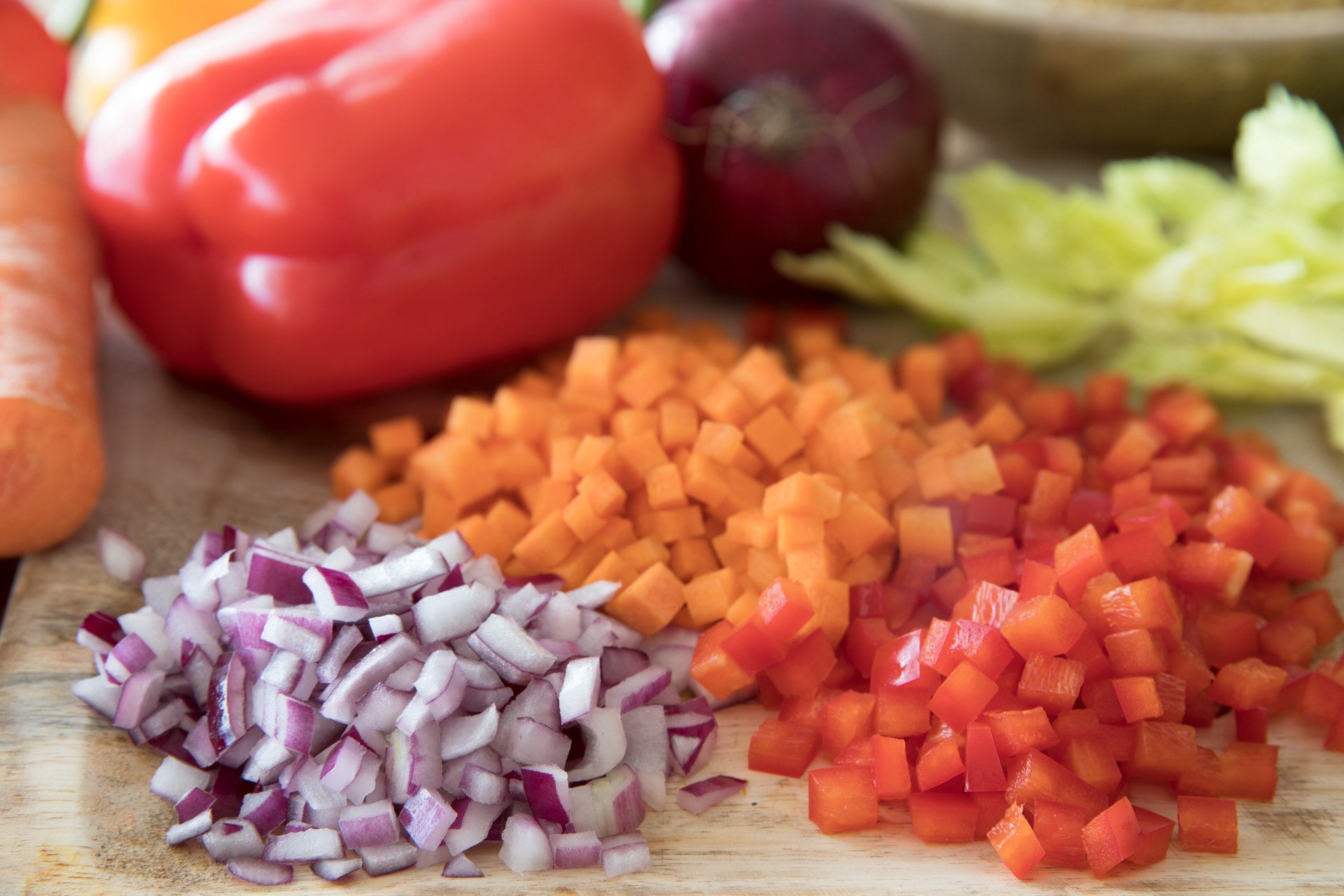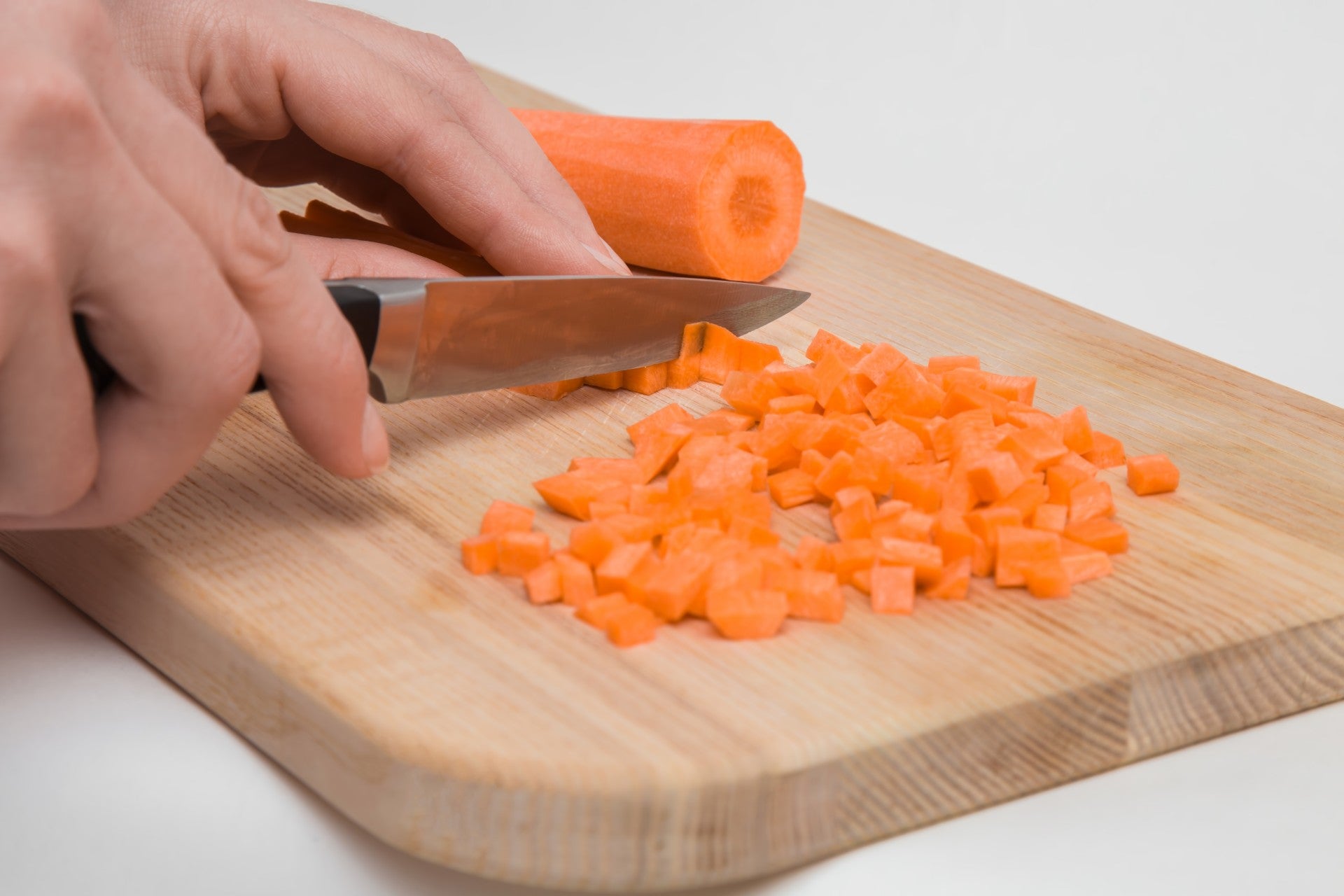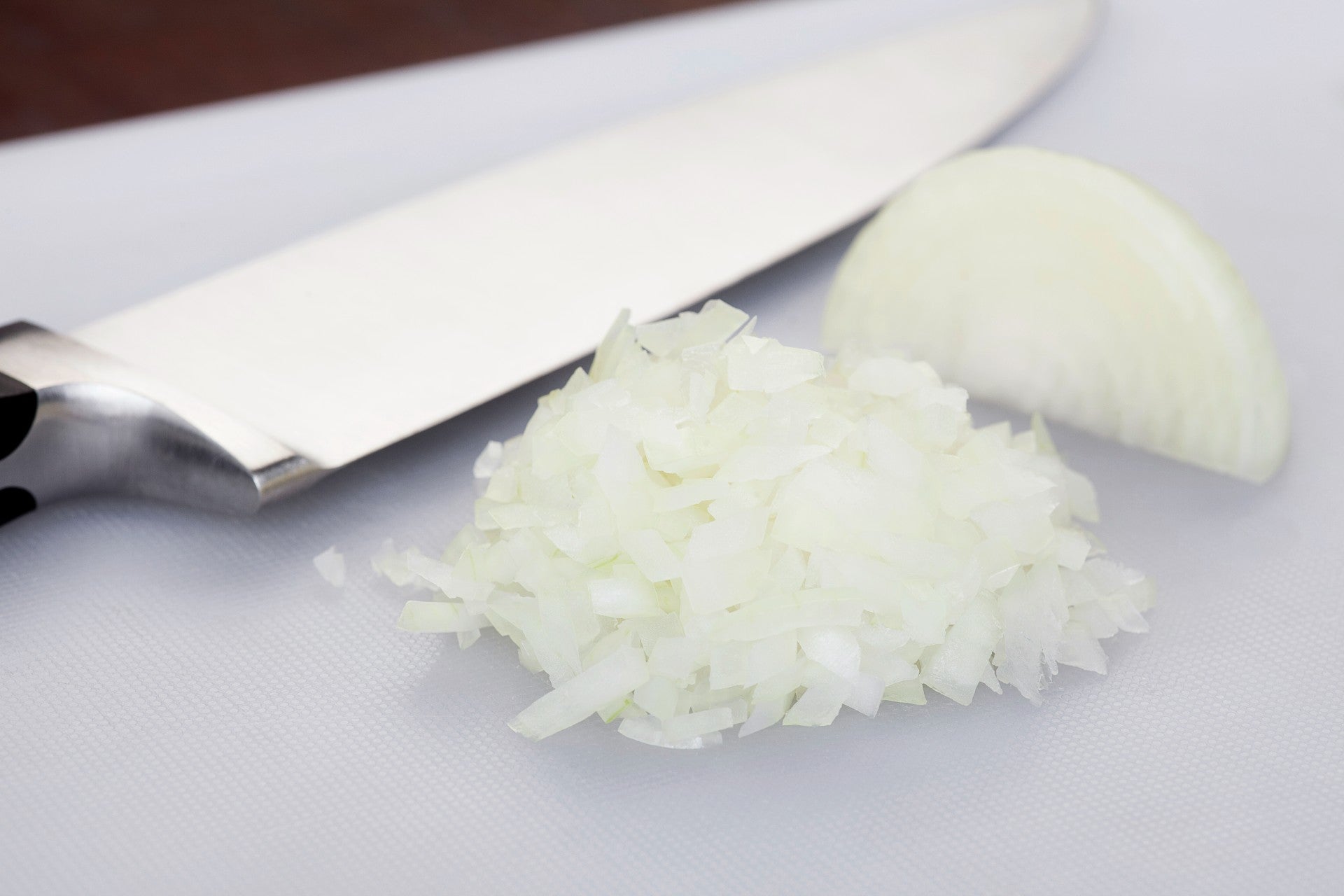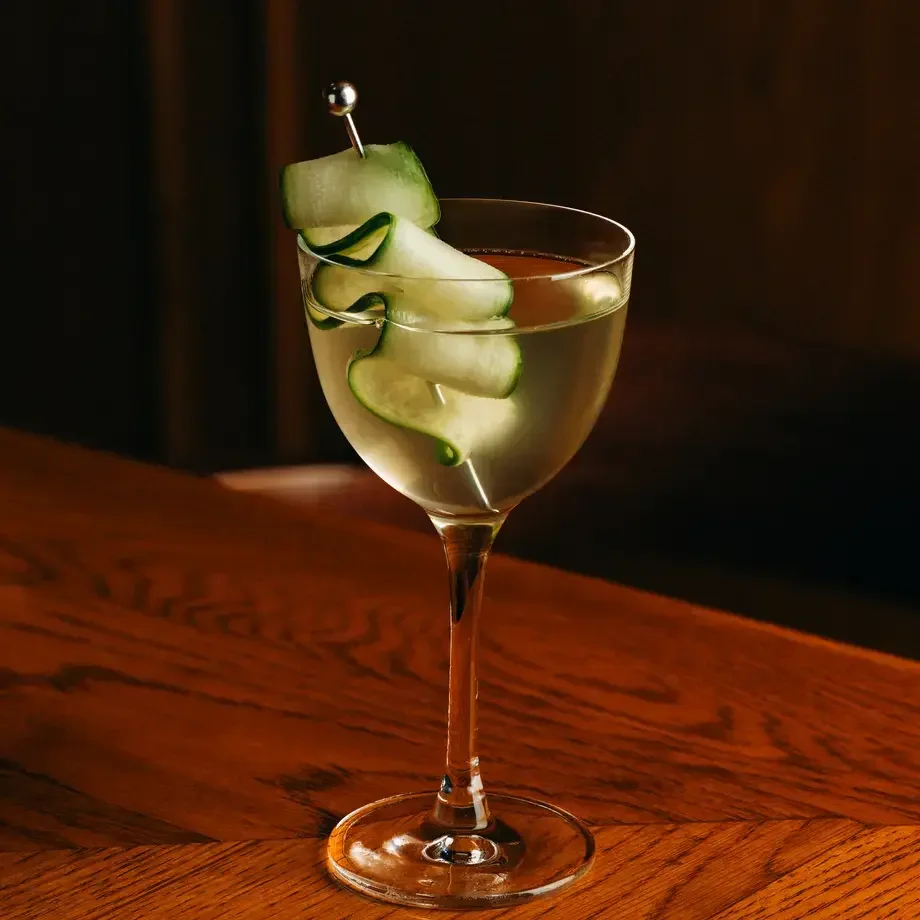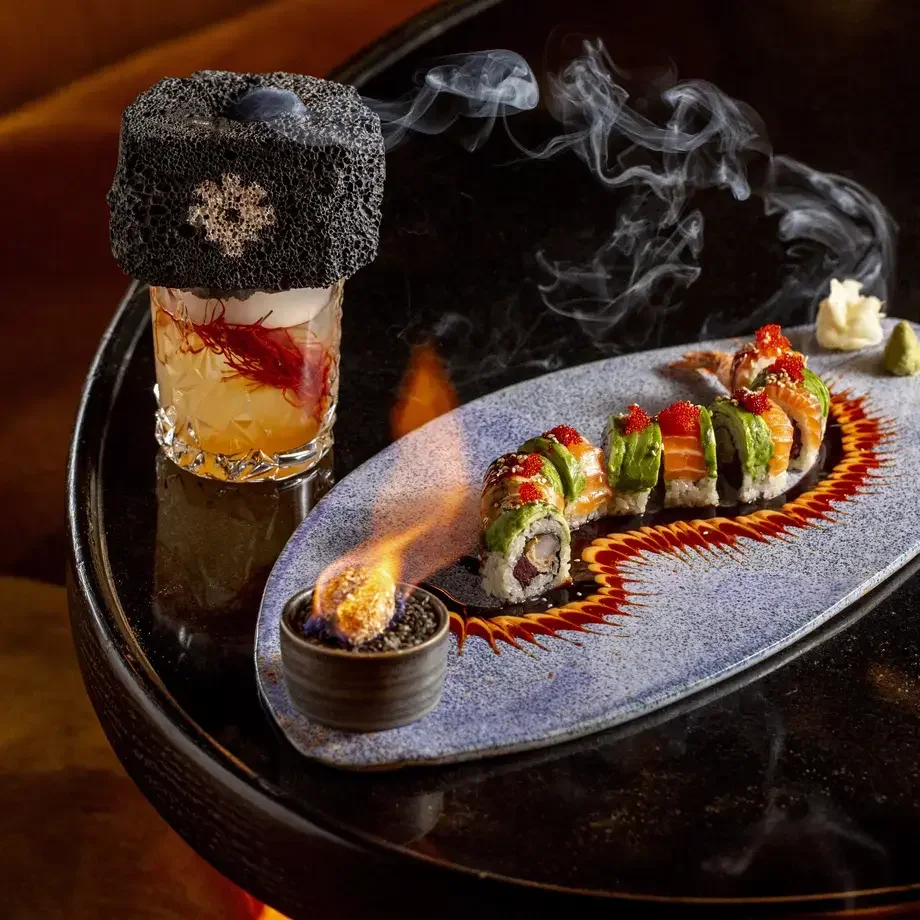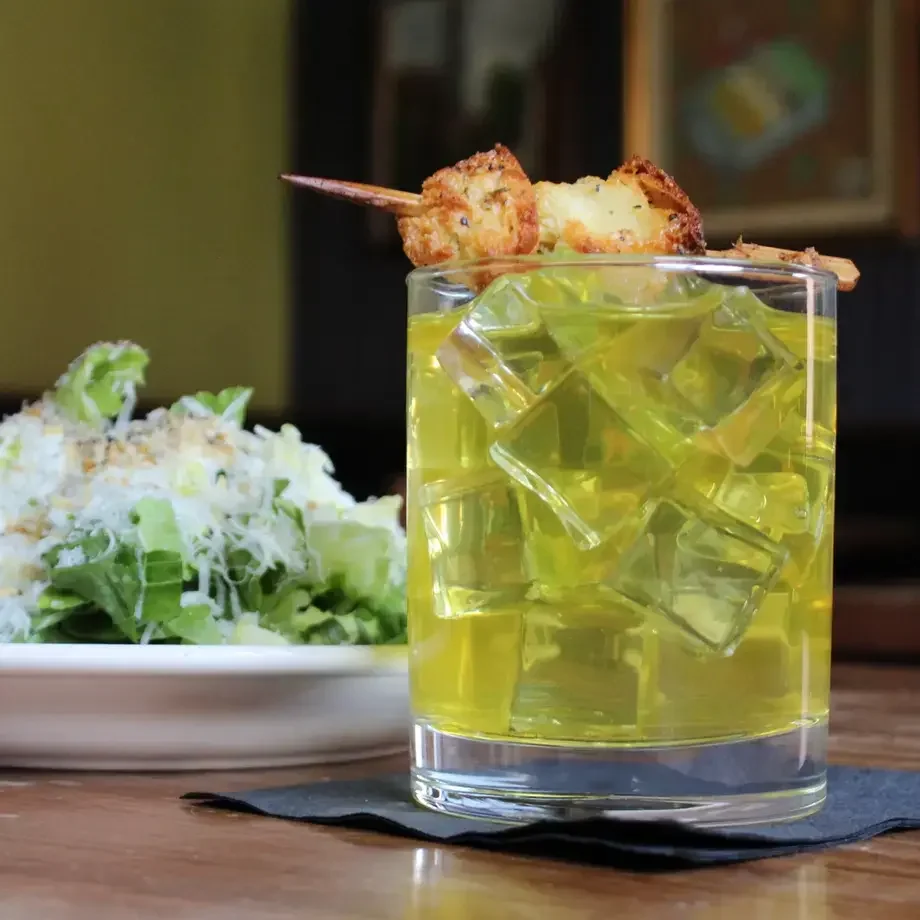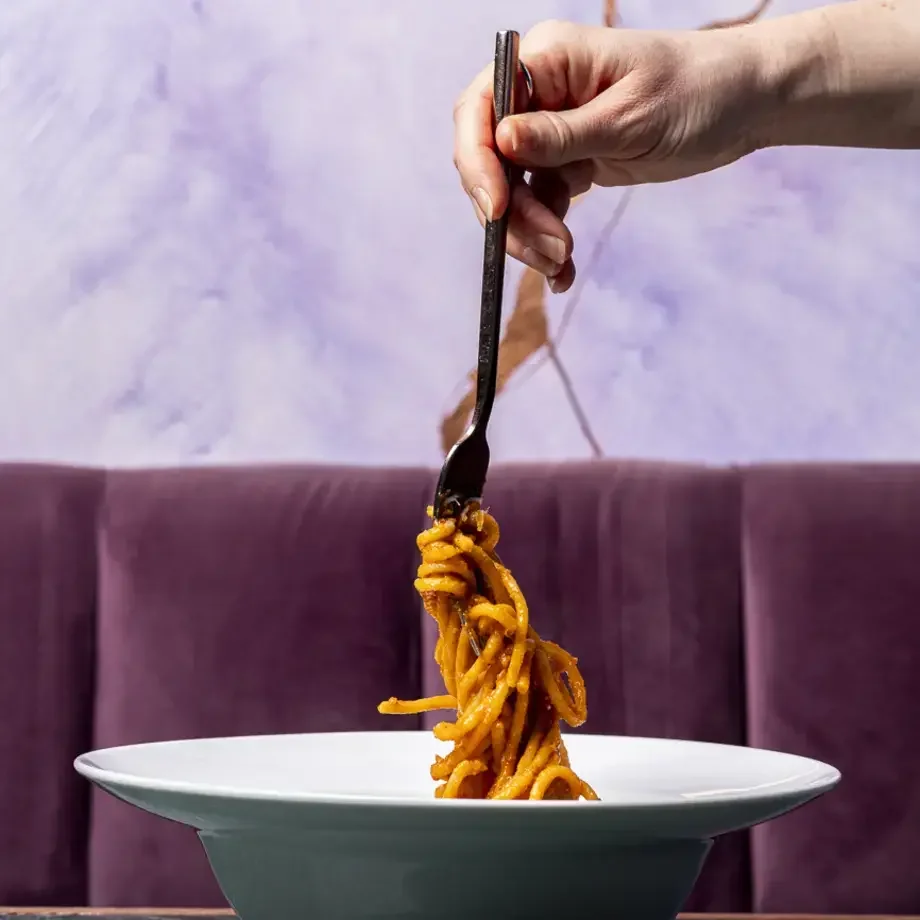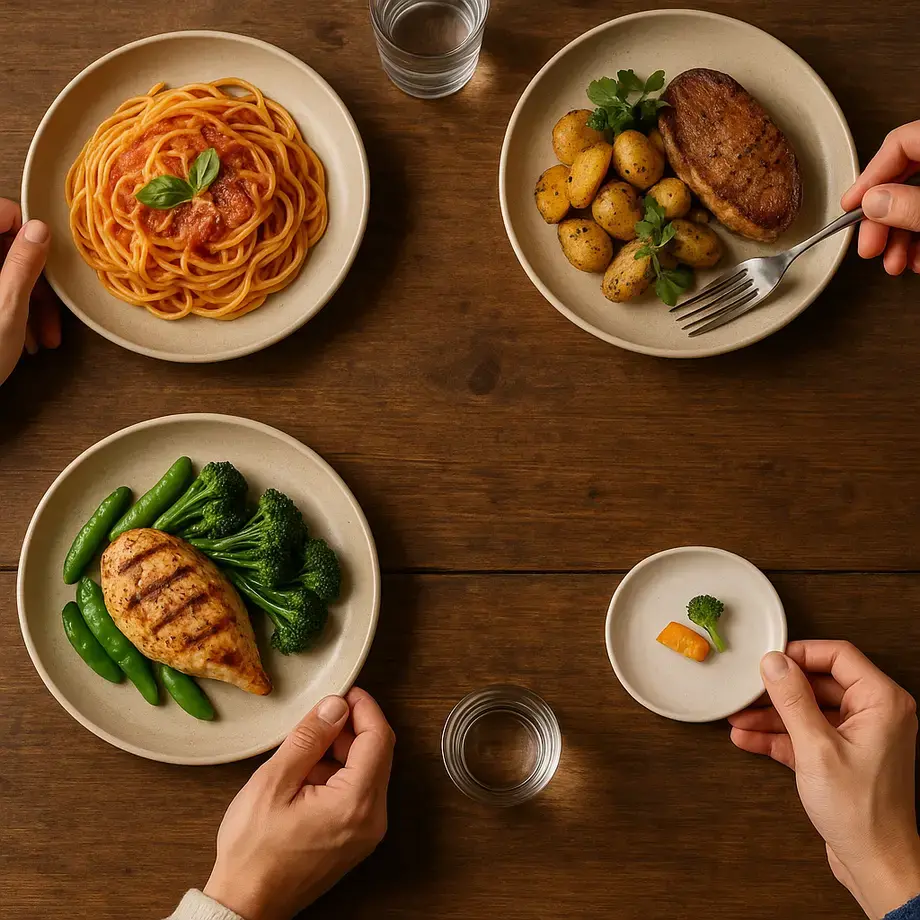You’re probably already familiar with dicing. That basically means cutting an ingredient into cubes. Well, different dishes call for different sizes of cube – you probably wouldn’t want tiny cubes of pumpkin in a rustic stew, for instance. But also, some ingredients simply taste better when cut at one size over another. For example, pineapple is generally cut into large cubes known as a large dice, because try to cut it much smaller and you might as well be making it into a smoothie.
There’s also a medium dice and a small dice. But even smaller than the small dice is the brunoise. To brunoise, you start by julienning the vegetables (slicing them into thin strips), then lining the julienned strips together, and dicing them into tiny cubes. It’s generally used for more robust and aromatic vegetables, such as onions, carrots, celery, and peppers, sometimes to use as the base of a sauce or soup, but also to sprinkle on top of some dishes as an aromatic garnish prior to serving.
How to prepare vegetables for brunoise
Before you can brunoise your vegetables, you need to prepare them properly. This generally means:
- Wash and dry the vegetables. Even if you are planning to peel them, washing your vegetables first will minimise the chance of dirt, germs and/or pesticides contaminating the food as you peel it.
- Peel off the skin if necessary or desired. This step is optional for most vegetables. Some, like potatoes and celery, will benefit texturally from being peeled, while peeling is unavoidable for others – onions being the most obvious example.
- Square off the edges. This means cutting off the roundest parts of the vegetable. The squarer the edges of a vegetable are, the easier it will be to brunoise. Slice off the rounds and save them for using elsewhere. (With many of the vegetables you’re likely to brunoise, the scraps can be frozen for future use in stocks and broths.)
- Cut down larger, longer vegetables. Some vegetables are simply too large or long to cut lengthways (a crucial early step in the brunoise technique). You’ll find things much easier if you cut them down to a more manageable size. With a leek, for example, it helps to cut it into even quarters or fifths.
By the way, you should always make sure you’re using the sharpest knife possible. This is good advice when cutting anything, whatever the method, but never is a sharp knife more important than when cutting things this intricately.
How to cut brunoise


